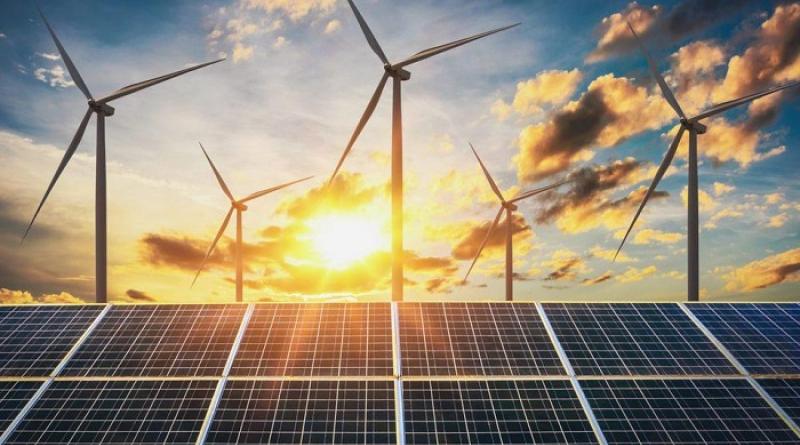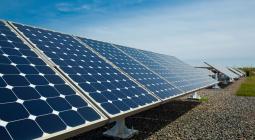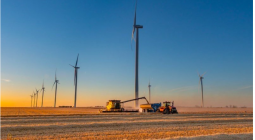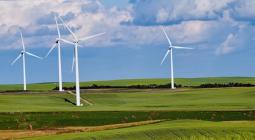Report shows 184GW of renewable energy installed globally in 2019, a new record.

The global deployment of wind and solar projects reached a new record level in 2019, as falling costs and a push to zero emissions energy sources presented new opportunities that could be expanded in a post-Covid-19 economic recovery.
The latest Global Trends In Renewable Energy Investment report, published as a collaboration between BloombergNEF, the Frankfurt School and the United Nations Environment Program, estimated that 184GW of new renewable energy capacity, excluding hydro, was added in 2019, representing a 12 per cent annual increase and setting a new annual record.
This strong growth was underpinned by US$282.2 billion (A$405 billion) in global investment, which was down from an all-time record of US$315 billion (A$451 billion) set in 2017. Thanks to the falling costs of technologies like wind and solar, the assessment found that a higher amount of generation capacity was added in 2019, while investment remained effectively flat compared to 2018. More renewables can now be installed for the same level of investment.
More than three-quarters of the new generation capacity added in 2019 came from non-hydro renewables technologies, like wind and solar, showing the global market for new electricity project[s] had well and truly shifted towards zero emissions sources.
Renewables, excluding large hydroelectric projects, accounted for 13.4 per cent of the world’s total electricity production in 2019.
Wind and solar projects received almost equal investment in 2019 (US$138.2 billion and US$131.1 billion respectively), with a smaller amount of investment also directed towards new biomass and waste to energy projects (US$9.7 billion).
11 June 2020
IEEFA





